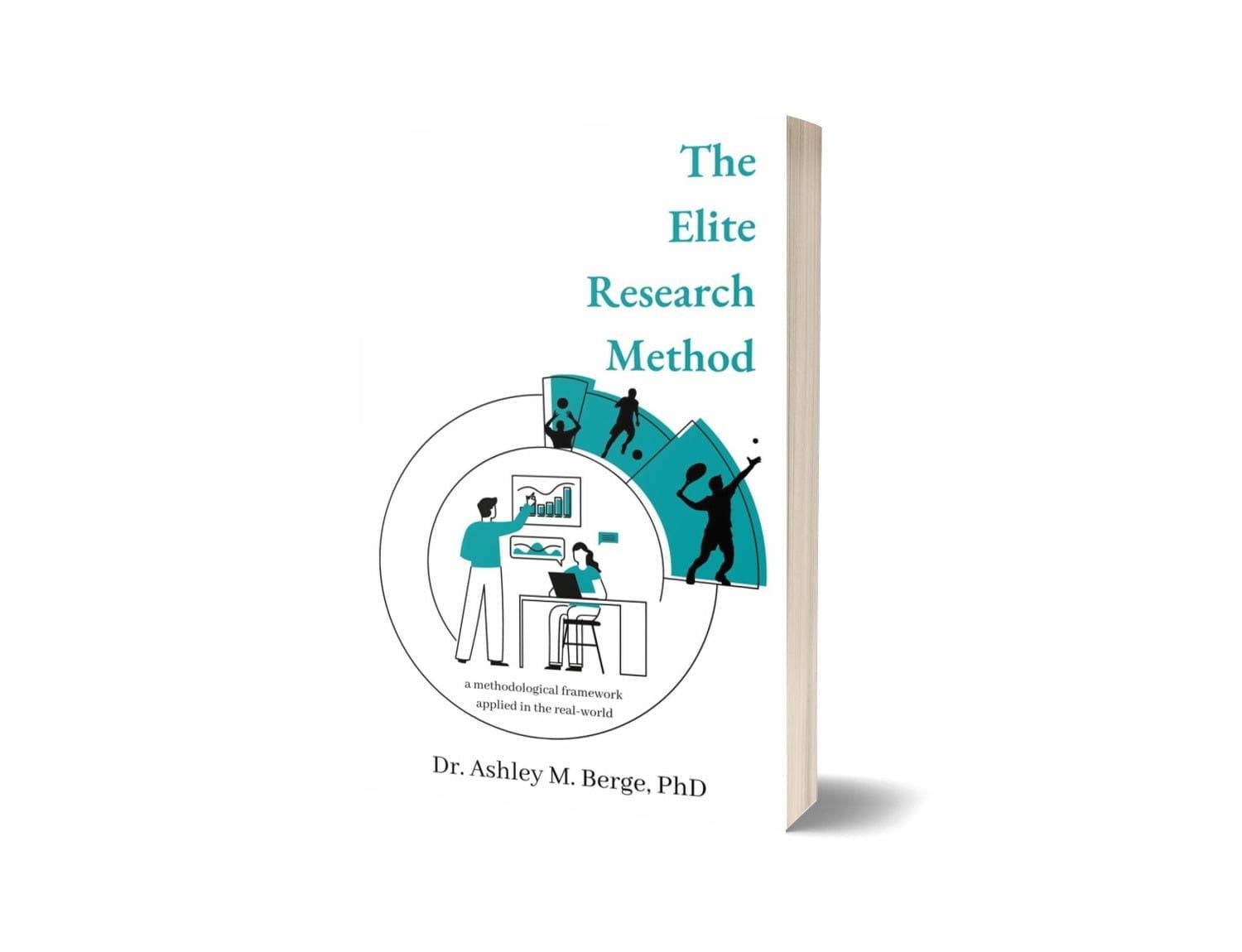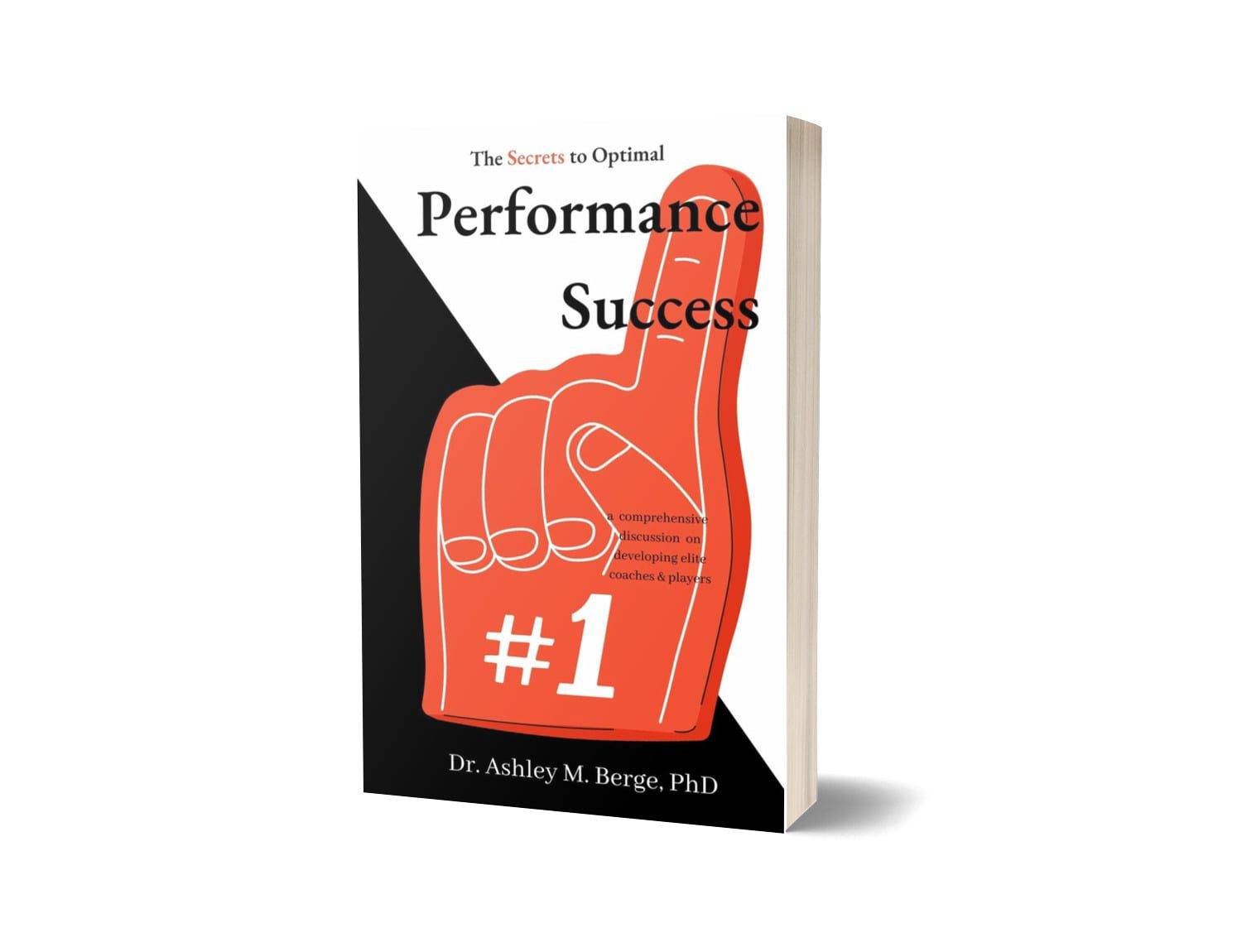
When it comes to generalised advice on fluid replacement to ‘fuel’ your body in respect to remaining hydrated to replacing electrolytes, there are significant options to choose from that are accompanied by broad misconceptions. For this purpose it is incredibly important to frame this discussion towards the developmental player/athlete aged up to around 15-16 years of age as a ballpark and is yet to secure ITF, WTA and/or ATP points. In other words, you’re still developing towards your performance peak before taking the next step.
To the players who are beyond this range your fluid/hydration requirements will typically differ due to load, exertion and training duration. You may also be training in varied climates opposed to predominantly a singular venue that your body is use to i.e. their is limited need to adapt and condition a desired response. A point of reference here would be from a player/athlete who is based in the same location and is exposed to seasonal changes gradually i.e. it gradually gets warmer as Summer approaches and/or steadily gets cooler as the Winter months approach. In other words, your environment is relatively controlled in contrast to a player/athlete that may play a tournament in one climate before heading to the next. Whilst it is reasonable to suggest that tennis is typically played in warmer climates, once you reach a certain level your body is under progressive and constant demand with any changes in climate that may impact your performance important to be mindful of and to hydrate according. In this respect, higher performing players will need specific electrolytes, for example, to ensure their hydration stays optimal and in line with their body’s upkeep. But this is only a brief distinction between levels as the needs and demands increase once this level is reached.
For the player who still resides ‘pre’ elite your hydration is going to differ. But as these are your developmental years, it is incredibly important to build habits to serve you later on which includes conditioning your body with the right fluid source to maintain hydration and contribute towards your recovery. This is the time when you’re building your foundations and your hydration is a part of that.
As eluded towards in the title, irrespective of coconut water, carbonated drinks to sports drinks and a myriad of others, it’s what these drinks consist of that should inform your decision around whether it is right for your hydration — and recovery, or maybe something else is a better option. And the heartbreaking news for most at this level is that water is your best choice. Whilst other fluids can serve a purpose, at this level you’re not exhausting yourself to working towards your maximum rate of exertion or at a level that’s physically demanding more of your body. Of course there is merit in using sports drinks that replace your electrolytes if you’re at this level but I cannot tell you how many players/athletes that I’ve come across over the years that opt for these drinks when they’re typically doing themselves more harm than good.
For the recreational player/athlete that has no interest or cause to establish a solid foundation and/or condition their body for the road ahead as The Long Game takes shape and the body demands even more, they’re akin to more generalised populations whereby this has limited merit and/or cause for concern. Those of you who are high performance players within the developmental spectrum — pre-elite although still playing at a high level, water is one of your best choices and second to those sports drinks within reason. The ‘within reason’ is based on your demands, rate of exertion and ‘what’ is in those drinks. If these drinks do NOT contain what you’re in need of, then no — they do not serve a purpose. The same goes for coconut water to carbonated drinks that include soft drinks to energy drinks they simply do not have a place and are seldom used by elite players when their energy is slumping and often have not been able to replace the energy they’ve lost and they’re in need of a quick ‘pick-me-up’. For the developmental player this is rarely the place.
Building the foundations of proper hydration and learning your body’s fluid intake and its requirements is a key step to head towards The Pathway and to sustain your desired level of play. Once you reach that ‘next’ peak performance and edge towards the later half of the ‘first’ 10 years of play, you’ll find yourself embarking on The Long Game with ATP/WTA ranking points on the line and the foundations you’ve built will serve their purpose when it comes to looking after your body and knowing what works best for you as you search for that very ‘next’ peak performance — again and again and again. And that’s how hydration plays an incredibly important role for those with their eyes set on becoming a barrier breaker.
To learn more about Hydration: Coconut Water, Soda Water, Energy Drinks and Sports Drinks — Which One?, head on over to Beyond Top 10 Tennis and head to Episode 34. More? Catch up on our Tips over on TikTok, Twitter, Threads or Instagram for quick snippets to apply in your game, today.

















